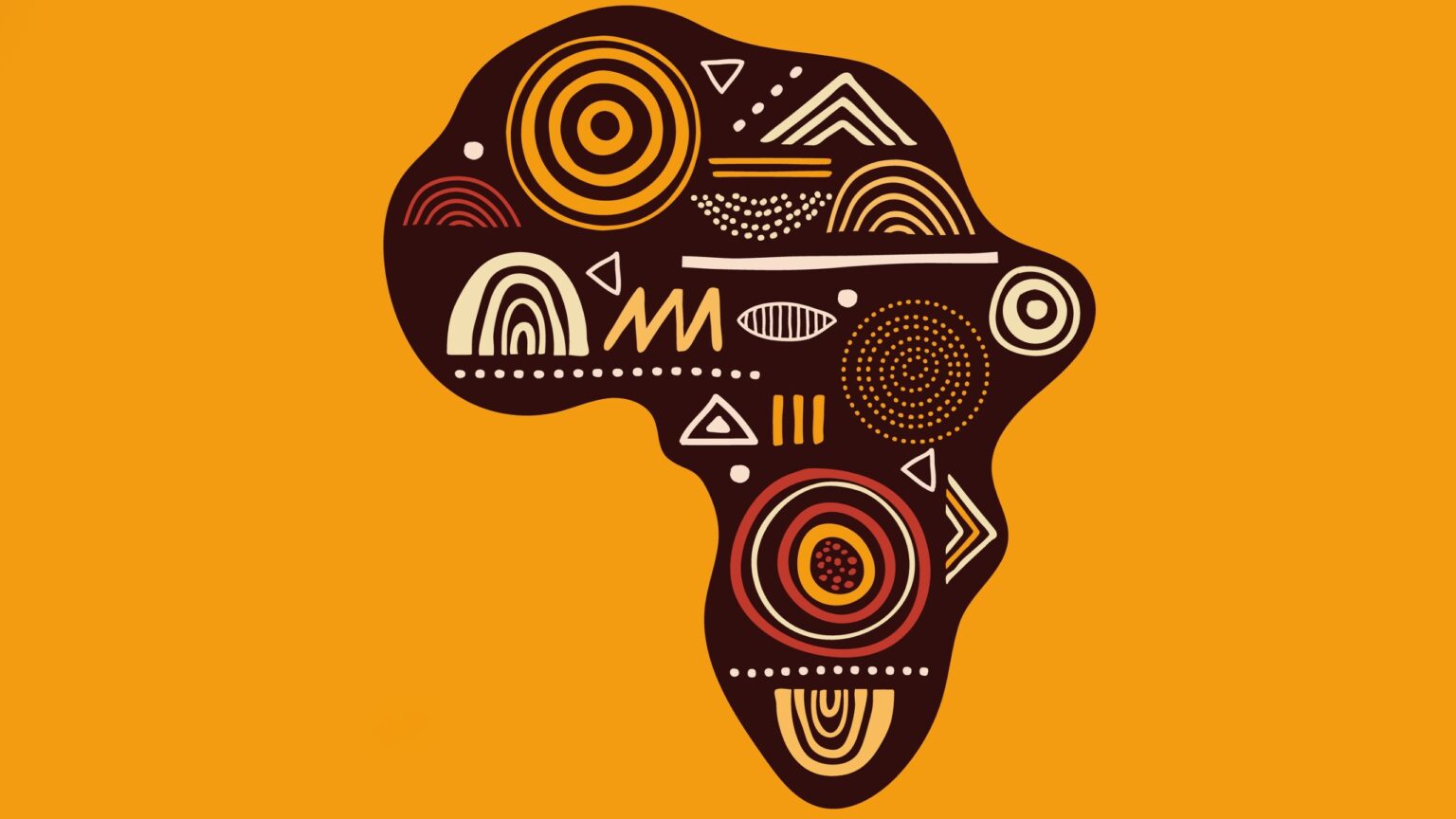Cartesi’s Jathin Jagannath highlights regulatory challenges hindering web3 growth in Africa, stressing the need for clarity to spur adoption and innovation in the continent’s digital landscape.
Jathin Jagnnath, Cartesi’s developer advocate, expressed the need for improved digital literacy. He stressed that a skilled workforce and user base are key to successfully integrating Web3 technologies.
Also read: Tune.FM Raises $20 Million in Funding for Web3 Decentralized Music Streaming
According to a report by Emurgo Africa on web3 in Africa, Africa is a continent with vast potential for web3 adoption and innovation. Blockchain funding increased by 1668% across Africa in 2022. Nigeria, Kenya, and South Africa are leading the continent’s web3 adoption.
Web3 faces regulatory hurdles in Africa, slowing progress
— Bradicoin (@Bradicoin10) January 19, 2024
In early January, Cartesi and Web3bridge are working towards holding a four-week masterclass in Nigeria. Jathin pointed out their commitment to boosting visibility and improving developers’ skills in the African ecosystem. Thus contributing to Nigeria’s dynamic blockchain scene.
However, Jathin stated that Africa is primed for a web3 boom in 2024 and beyond for some reasons, including its younger demographic and volatile currency. Nevertheless, according to Oxford Business School, about 24% of Africans don’t participate in the banking system.
Web3 encounters regulatory obstacles in Africa, hindering its transformative potential, reports . The article delves into the challenges and regulatory landscape that impact the adoption and development of Web3 technologies across the continent.https://t.co/luP8e8YrvB
— Ai TPL (@tradepro_labs) January 15, 2024
Developing regulatory frameworks
According to the report by Emurgo Africa, there is an increasing need for the development of a regulatory framework as the adoption and utilization of crypto-assets increase across the continent.
A testament to this is the declaration of bankruptcy by FTX in November 2022. FTX was among the largest crypto exchanges, and the failure of the American regulator, the Commodity Futures Trading Commission (CFTC), to regulate the crypto trading company led to ripple effects across Africa. This resulted in the IMF calling for increased regulation, and this threatened the momentum of crypto adoption. A Nigerian startup, Nestcoin, whose assets were largely held in FTX, made at least half their employees redundant and offered the remaining staff a furlough scheme lasting eight to ten weeks.
Therefore, governments and regulators in Africa need to expedite the development of regulatory frameworks to protect key stakeholders.
Africa's Web3 Journey! 🌍🚀 Overcoming Regulatory Roadblocks! #Web3Africahttps://t.co/SSufMlux9X
— ProductivePlace.com (@productiveplac1) January 17, 2024
Regulating blockchain technology
According to the report by Emurgo Africa, any approach to regulating blockchain technology should commence with a clear consensus on regulatory objectives. These objectives are based on the particular positions of the governments involved.
Consequently, the report was concluded with some proposed recommendations:
- Strategy: Having a blockchain strategy in accordance with the African Union digital strategy.
- Data protection harmonization: Seek pan-African harmonization of data protection by negotiating consensus on the regulatory goals.
- Blockchain-specific consideration for data protection: Decide about policy options at the intersection of data protection and blockchain technology according to the values and policy goals of individual countries and the African Community.
- Financial regulation: Develop a pan-African concept for token classification, including security tokens, tokens representing financial instruments such as e-money, and unregulated tokens.
- Capacity building: Support research and education about blockchain technology.
- Push for interoperability and harmonized standards; Specifically, to enable interconnectivity between different blockchains.
Significantly, the impact of Africa’s web3 businesses, characterized by decentralization, is extending beyond its borders. A testament to this is the proliferation of web3 services that bridge the gap between the African diaspora and their ancestral homeland, particularly in the United States and the United Kingdom.
As the web3 ecosystem in Africa flourishes, it is reshaping the world, thereby drawing attention from other continents.









 and then
and then